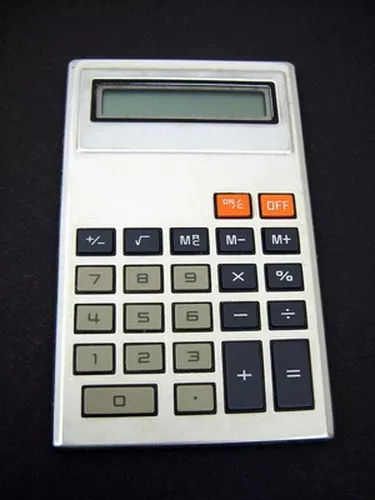
Most investors are interested in one thing: return. One of the most common ways to calculate or measure total return is with the metric ROI (return on investment). ROI is calculated by dividing the total investment return by the original cost of the investment. In order to do this, you must first calculate the total amount of income earned for the investment over a given time period.
Step 1
Determine the cost of the investment. This is the original price paid. Let's say you purchased 100 shares of stock for $1,000.
Video of the Day
Step 2
Calculate the current price of the stock. This is the current value of the asset. For instance, let's say the value of your stock position has grown to $1,200 in one year.
Step 3
Determine any additional income paid out over the year from the asset. Common forms of income are interest or dividends. Let's say your stock paid a $1 dividend on all stock. The calculation for additional income is: $100 x $1 = $100.
Step 4
Calculate total investment earnings over the year. Add the asset price appreciation to any additional income. The calculation is ($1,200 - $1,000) + $100 = $300.
Step 5
Divide total investment returns for the year by the original cost of the asset: $300 / $1,000 = .3 or 30 percent.
Video of the Day